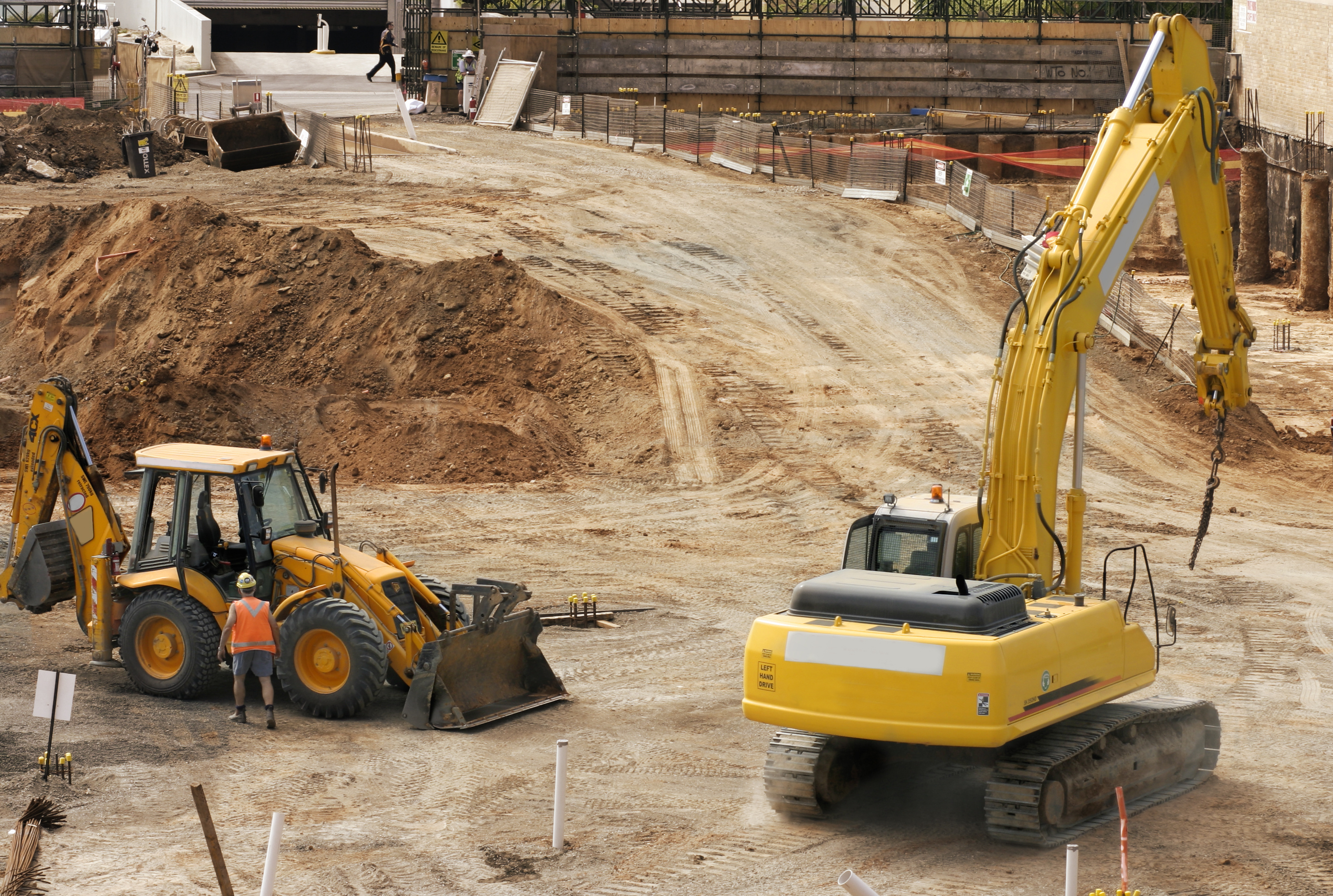by Brelda Baum
The UK Government recently announced plans to build up to 50,000 new homes on 20 brownfield sites across London and plans to achieve this by creating 20 new housing zones in London (with a further 10 new housing zones outside the capital). The aim is to get new (affordable) homes built quickly. Local authorities will identify and package together brownfield land which could be used for development into a housing zone, remove all unnecessary planning restrictions across it and partner with a developer to build new homes. The absence of planning constraints in these zones should significantly accelerate construction and central government will also support housing zones by making loans available to local authorities for necessary infrastructure and other remedial work on the site.
With this initiative, it would be good to think that lessons can be learned from previous brownfield regeneration experience. One of the key lessons is to not develop housing in isolation from other infrastructural requirements. At the recent Chartered Institute of Housing Conference (June 2014) it was debated whether housing should or could be understood or treated as a form of infrastructure – “a powerful economic force that generates public debate as well as social reform”.
In its publication, ‘The ABC of housing growth and infrastructure’, the Housing Forum considers infrastructure as one of the key challenges facing housebuilding, along with those of land supply, land assembly, land pooling and costs and how these challenges might be addressed. It demonstrates, through the use of case studies, how to overcome barriers through innovation and new approaches to funding, collaboration and design; the role of housing and infrastructure-led growth; connectivity – linking new development and existing centres of employment and services; community – meeting the needs of local people; and urbanism.
It is also vital to recognise that while brownfield sites offer great potential they are not a panacea in themselves. Brownfield sites cannot as a matter of course accommodate higher density housing developments without taking the local context into account. They need to be accessible via roads, and public transport.
This is a major initiative, designed to ease the chronic and worsening housing shortage in London and it will be interesting to monitor the implementation and to see whether some of the lessons outlined here are followed.
Brownfield site sources
The National Land Use Database of Previously Developed Land (NLUD-PDL) aims to provide an up to date record of previously developed land and building in England that may be available for redevelopment depending on the status of the land or building.
The GLA’s ‘Land and Property Database portfolio, is a website which provides information on its London-based assets and can be searched by postcode, street name, town name or by selecting a borough. It includes information on saleable assets and those subject to disposal. For example London Park Hotel, 86-88 Newington Butts, SE11 4QU, is subject to a disposal process and flagged as a major residential development site in Elephant and Castle.
Geographic mapping information can also be obtained from companies such as the Geoinformation Group whose products include UKLand, a database that identifies land use and land cover.
Further reading (you may need to be a member to access this material)
The ABC of housing growth and infrastructure: report and case studies
The brownfield site – an opportunity, not a panacea, In Urban Environment Today 12 Nov 1998 (58) p14
Mechanisms to increase housing land supply in England and Wales
The agenda: housing, IN Local Government Chronicle, No 7582 13 Mar 2014, pp10-13
Share
Related Posts
Supporting residents on the decarbonisation journey: leveraging data for effective retrofit projects
As the drive towards decarbonisation intensifies, the social housing sector’s ability to collect, store and manage vast amounts of data becomes increasingly critical. With a shared goal of creating warmer, carbon-free homes, housing associations’ strategic use of data is essential ....
With information now so accessible, it’s easy to assume that whenever you have a question you can simply tap it into a search engine. But, while the internet and digital search tools are undoubtedly useful for checking basic facts, when ....
The recent spikes in energy costs have thrown into sharp focus the challenge of heating our homes. Domestic heating is important, not just for our comfort and wellbeing, but to reduce humidity and prevent condensation. But because traditional heating systems ....


